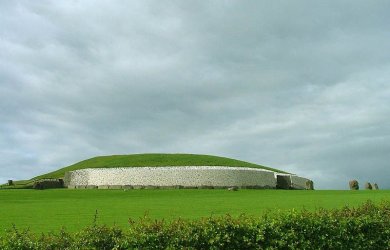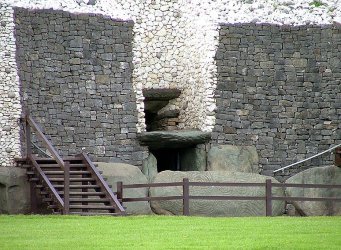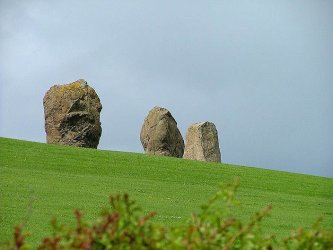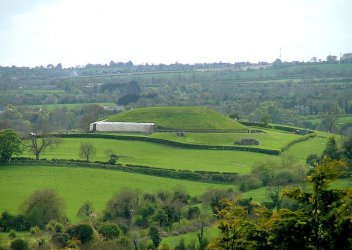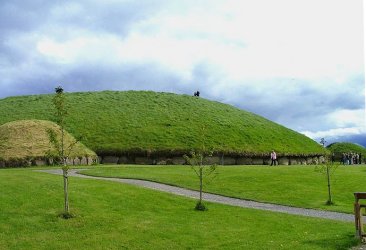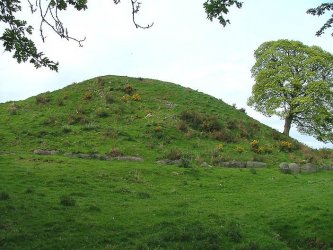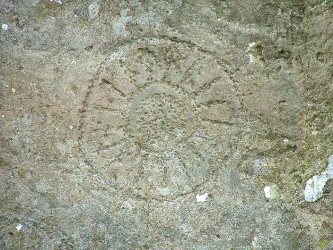A weekend of trekking back over 5,000 years of Irish history just outside my back door is also a great opportunity for a photo op  The Boyne Valley is about 15 minutes drive from where I live, and I would definitely recommend a visit!
The Boyne Valley is about 15 minutes drive from where I live, and I would definitely recommend a visit!
The Boyne Valley is a glacial valley that is of huge historical importance, The Battle of the Boyne was fought here, and it shaped the next few hundred years of Irelands history. Kings and Chieftans held court here and its also the home to the oldest human monuments in Europe.
Newgrange is the biggest of the three great megalithic tombs in the Boyne Valley, and they are over 5,000 years old (3,200 BC), older than Stonehenge and the Giza Pyramids of Egypt.
They were built using massive stone boulders which were brought over 70 miles, anfd its estimated that it would have taken a workforce of 300 men 20 years to build it.
The most amazing thing about Newgrange is that it is the oldest known astronomical observatory.
Once a year, on the winter solstice, the shortest day of the year, the sun enters a tiny opening above the main door, passes down the tunnel and illuminates the chamber at the centre of the tomb. How early man calculated this so perfectly to coincide with an event that only happens once a year, and was able to construct the tomb as an astronmical instrument with such precision is unknown.
The Boyne Valley is a glacial valley that is of huge historical importance, The Battle of the Boyne was fought here, and it shaped the next few hundred years of Irelands history. Kings and Chieftans held court here and its also the home to the oldest human monuments in Europe.
Newgrange is the biggest of the three great megalithic tombs in the Boyne Valley, and they are over 5,000 years old (3,200 BC), older than Stonehenge and the Giza Pyramids of Egypt.
They were built using massive stone boulders which were brought over 70 miles, anfd its estimated that it would have taken a workforce of 300 men 20 years to build it.
The most amazing thing about Newgrange is that it is the oldest known astronomical observatory.
Once a year, on the winter solstice, the shortest day of the year, the sun enters a tiny opening above the main door, passes down the tunnel and illuminates the chamber at the centre of the tomb. How early man calculated this so perfectly to coincide with an event that only happens once a year, and was able to construct the tomb as an astronmical instrument with such precision is unknown.

